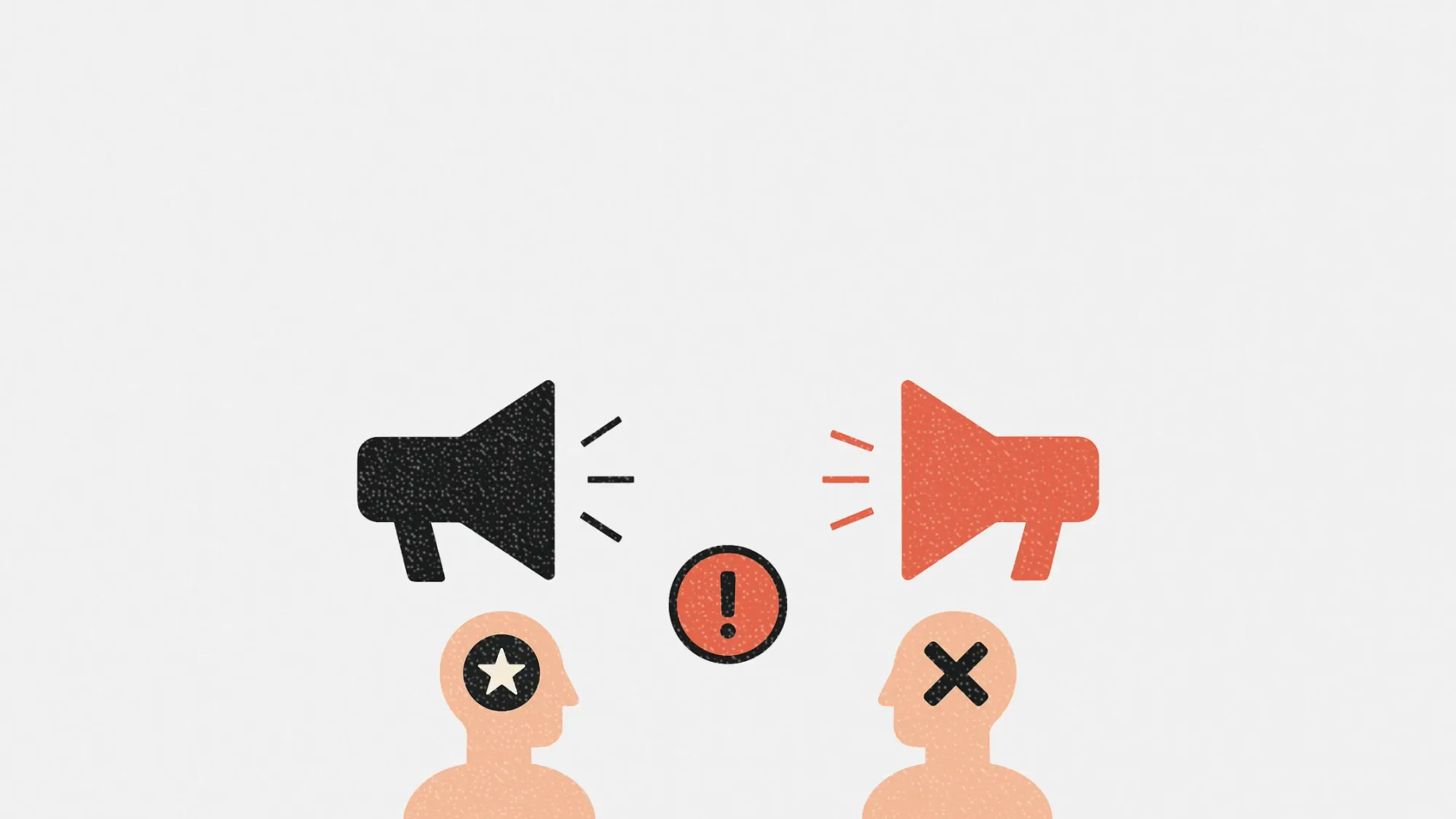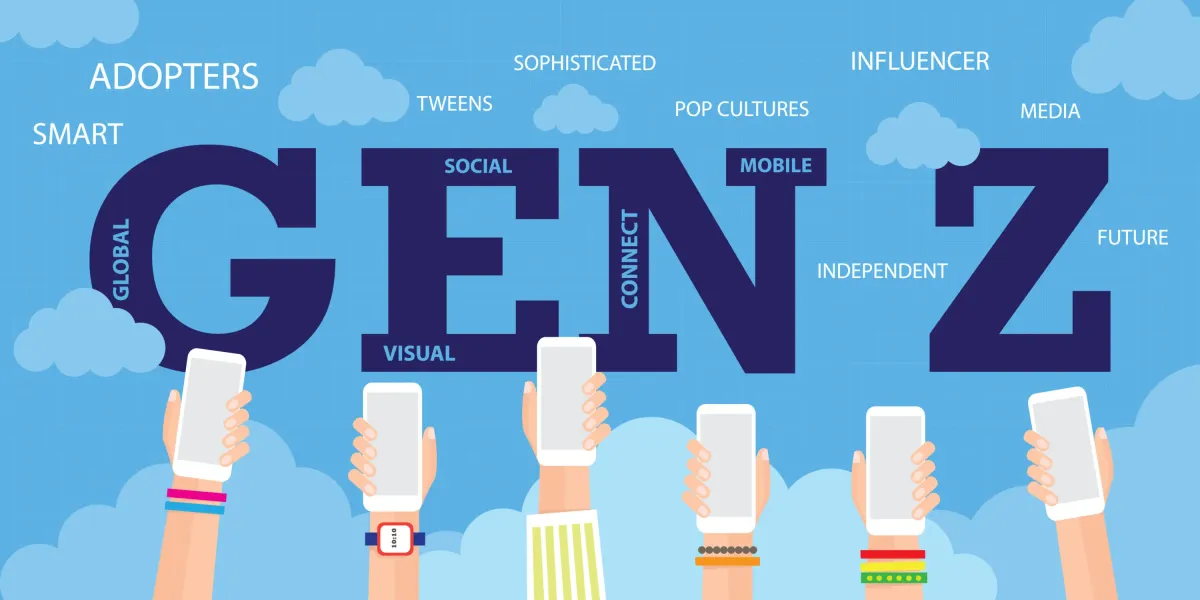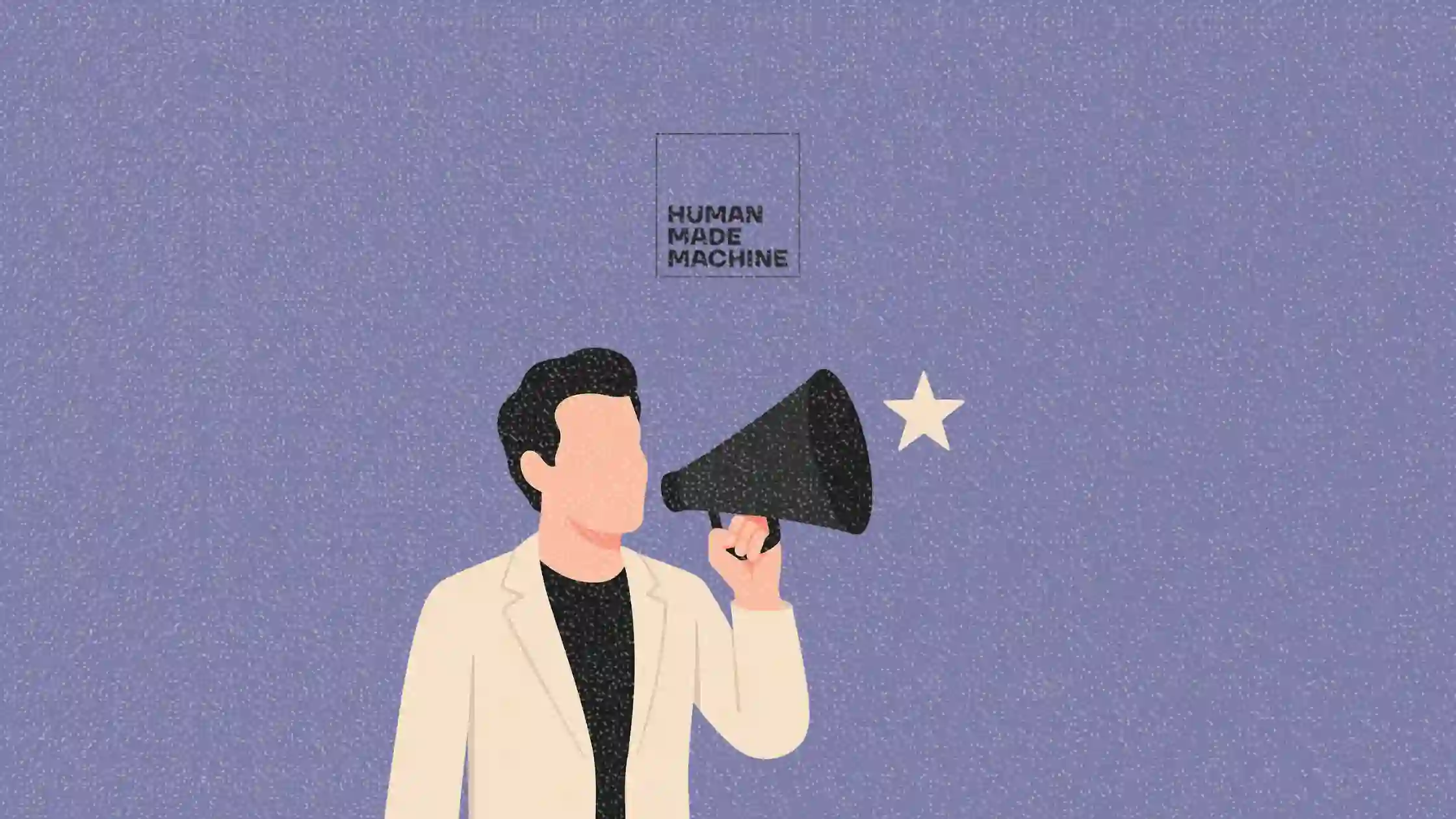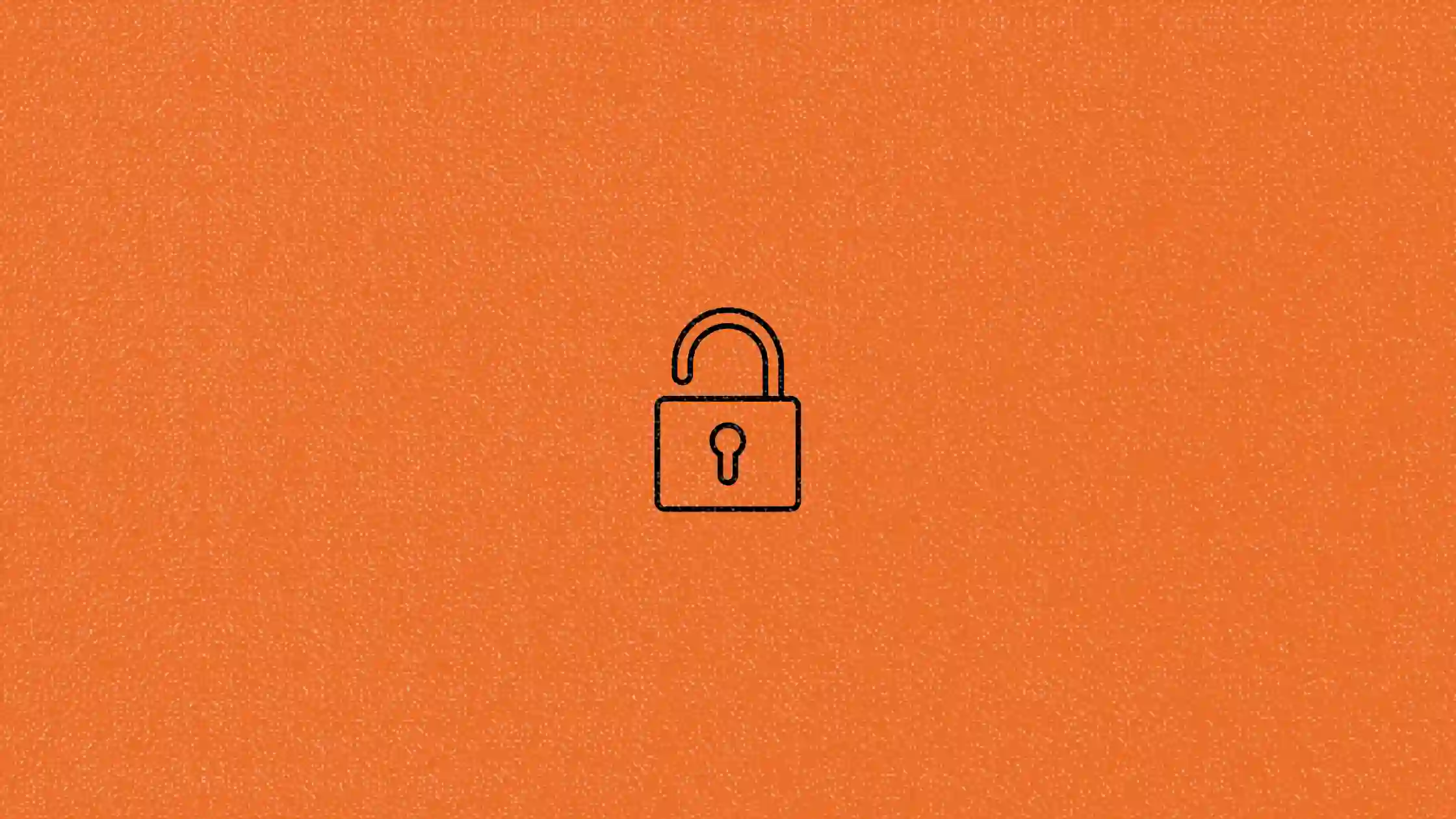Why celebrity campaigns demand more than just reach
Viral campaigns can drive reach, but controversy without preparation can burn your brand. Here’s how to assess risk before partnering with celebrities

Outrage spreads faster than joy. In marketing, that means campaigns with celebrity faces can ignite cultural firestorms before a brand has a chance to react. Sometimes the outrage is deliberate. Other times it’s collateral damage.
Either way, high-arousal emotion wins on social media, and platform algorithms are happy to fan the flames.
This article explores why risk management, not just the promise of reach, should guide any celebrity-driven campaign. We'll break down the mechanics of outrage, introduce a practical risk framework, and highlight two case studies that show what can go right and what can go very wrong.
Short on time?
Here’s a table of contents for quick access:
- Why rage travels faster
- Case study: when celebrity reach meets brand risk
- Risk management over provocation
- The rage-bait risk assessment checklist
- What marketers should do next

Why rage travels faster
Humans are biologically wired to react more strongly to threats than rewards. That makes anger an effective engagement engine.
A global study across 17 countries with 1,156 participants confirmed this bias, finding that people experience stronger physiological reactions to negative news compared to positive news.
Social platforms exploit this dynamic. Algorithms elevate what keeps people scrolling, sharing, and commenting, and that usually means outrage. In recent months, we’ve seen how quickly a single campaign misstep can go viral and shift from internet outrage to mainstream backlash.

Case study: when celebrity reach meets brand risk
Two recent campaigns highlight how celebrity partnerships can either amplify brand equity or expose vulnerabilities, depending on timing, message alignment, and audience fit.
Gap x Katseye: cultural harmony and momentum
Gap’s denim collaboration with global girl group Katseye balanced hype with authenticity, tapping into Y2K nostalgia, choreography, and cultural pride that resonate strongly with Gen Z. The partnership felt aligned with both the artist’s fan base and Gap’s evolving brand identity, while fan-integrated details like Megan’s viral dance amplified engagement.
The campaign achieved strong reach without sparking controversy, with CARMA data highlighting sentiment shifting slightly upward from 31% to 33.4% positive and from 18.6% down to 15.3% negative. It also created a platform for deeper engagement through content extensions and retail activations.
For Gap, this was a strategic use of celebrity momentum to support a long-term brand reset.
American Eagle x Sydney Sweeney: attention with tradeoffs
American Eagle’s “Good genes” campaign featuring Sydney Sweeney gained rapid attention, but the message struck a nerve with some audiences.
After the launch, CARMA data shows that the sentiment for the brand flipped to 56.3% negative from a previous 8.6% negative.
The campaign drew backlash that distracted from the creative intent and raised questions about cultural alignment and sensitivity. Although the brand achieved visibility, the reaction became a lesson in how quickly public perception can shift when messaging and celebrity image are not fully in sync.
Risk management over provocation
Celebrity campaigns magnify both reach and risk. The bigger the name, the faster the story spreads, especially when there’s controversy.
Some brands lean into this dynamic, hoping outrage will fuel impressions. It sometimes works, but the fallout can be unpredictable. A viral moment may spike sales, or it might spark boycotts, bad press, and long-term brand erosion.
What makes the difference is not the level of controversy, but how well-prepared the brand is to handle it. That means applying a structured, pre-launch risk assessment.

The rage-bait risk assessment checklist
Before signing any celebrity or influencer deal, marketers should walk through these six questions:
- Match your fan base to your brand base
Does the celebrity’s following overlap with your actual customer base? A poor match can feel forced or even alienate loyal buyers.

- Stress-test the message
Scripts and slogans can change meaning when paired with a celebrity's face or past. Run the message through every possible lens.
- Read the cultural room
Every celebrity brings cultural context. Consider past roles, public stances, or controversies. Are you ready for how that history will color your campaign?
- Pick a partner you can stand behind
If backlash hits, could you credibly defend the partnership? Does it align with your values in a way your customers will understand?
- Put the ledger on the table
Weigh the upside (reach, sales, media coverage) against the downside (boycotts, lost partners, reputational damage).
- Look beyond the initial buzz
Will this partnership still build value in 6 months, or is it a one-week headline? If the long-term cost is greater than the short-term gain, think twice.
What marketers should do next
The safest path is not to avoid all risk. It’s to prepare for it with a clear-eyed framework. Here’s how marketers can stay ready:
- Audit celebrity fit thoroughly before contracts are signed
- Build internal scenarios for both best and worst case outcomes
- Create rapid-response guidelines for your comms team
- Prioritize cultural alignment over raw follower counts
- Think long term, not just viral moment
Celebrity marketing can work. But when the stakes are high, process matters more than hype.
Outrage may drive attention, but it's preparation that protects your brand.
In the age of rage-bait, marketers need to stop treating reach as the only metric that matters. Whether your next celebrity campaign earns applause or backlash depends on how rigorously you’ve managed the risk.






